Tomas DucaiStudent of biology (microbiology/genetics), University of Vienna - Space (medicine) enthusiast Indulging in memories, I honestly cannot say at which exact time point in the past my interest in astronomy arose. Nevertheless, in this context, I do remember a memorable experience that occurred when I was a pupil at primary school in Vienna, where I live with my parents. At that time, being an active wheelchair-user, I regularly attended an adventure holiday camp in Slovakia – my country of origin – which was funded especially for kids and adolescents with physical disabilities and the venue location changes with every year. One year, the adventure holiday camp took place in the Slovakian mountains – the High Tatras. Besides a flight in an ultralight-airplane and rafting, we also spent a night out in the open air at the terrace of Slovakia’s second highest mountain, called Lomnický štít, at 2634 meters above sea-level. Looking up at and observing thousands of stars in the night sky left a strong impression on my child’s mind, thinking it very brave as a wheelchair-user to be spending a night in quite an unusual environment, and wondering what it might be like to experience outer space and questioning the reason behind the cohesion of the universe… With my entry into grammar school, I couldn’t wait for the first year to pass in order to experience physics lessons from my second year onwards. I was very lucky to be taught by a particular teacher (biology from my first year, then physics) who taught her subjects with unbelievable enthusiasm, which transferred to me from the first moment. Realising that astronomy is a sub-discipline of physics motivated me even more to follow the fascinating physics lessons of my favourite teacher, and I was honoured to be accompanied by her in biology until my graduation exam. My experience with a further two physics teachers led to my gaining valuable advice on literature, resulting in my beginning to read the children’s books of the famous British astrophysicist Stephen Hawking, and enjoying them to the fullest. As time passed, I also read the other popular scientific books from this great astrophysicist, who developed into an idol in science for me, not only because of his remarkable scientific findings, centred upon black holes, such as the information paradox of black holes, but also because of his personal history, having a motor neuron disease, called amyotrophic lateral sclerosis, resulting in being physically paralysed in an electric wheelchair. In 2016, being 16 years old, I experienced an unbelievable trip, which was my great wish for my upcoming 17th birthday. My family and I decided to travel to Tenerife, one of the Canary Islands, so I could have the chance to participate in the STARMUS festival. It is a prestigious festival of Science and Art, where lots of famous natural and life scientists present the most important scientific findings of their careers. Among 11 Nobel laureates, I had the chance to listen to and experience in person a lecture given by Stephen Hawking, definitely being one of the highlights of the festival. Nevertheless, during the festival, my passion shifted from astronomy to molecular biology/genetics/biomedicine and neuroscience, attending also lectures by the famous life scientists and Nobel laureates Edvard Moser and Elizabeth Blackburn, who sparked my interest in biology. Now, being an undergraduate student of biology at the University of Vienna, I feel like I am arriving at a fork in the road of my life, trying to merge my interests in molecular biology and astronomy. I am very lucky, being supported in an incredible environment and having connected with amazing, important people who would like to accompany me on my way, noticing that their potential to influence my decisions is extraordinary – hopefully in a positive way. I am certain that my way has not yet ended and I am already very curious about what I will be honoured to experience in the future, pursuing my aim to merge my two major professional interests: astronomy and biomedicine. 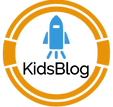 Blog also published at Kids2.space Comments are closed.
|
Welcometo the InnovaSpace Knowledge Station Categories
All
|
InnovaSpace Ltd - Registered in England & Wales - No. 11323249
UK Office: 88 Tideslea Path, London, SE280LZ
Privacy Policy I Terms & Conditions
© 2024 InnovaSpace, All Rights Reserved
UK Office: 88 Tideslea Path, London, SE280LZ
Privacy Policy I Terms & Conditions
© 2024 InnovaSpace, All Rights Reserved
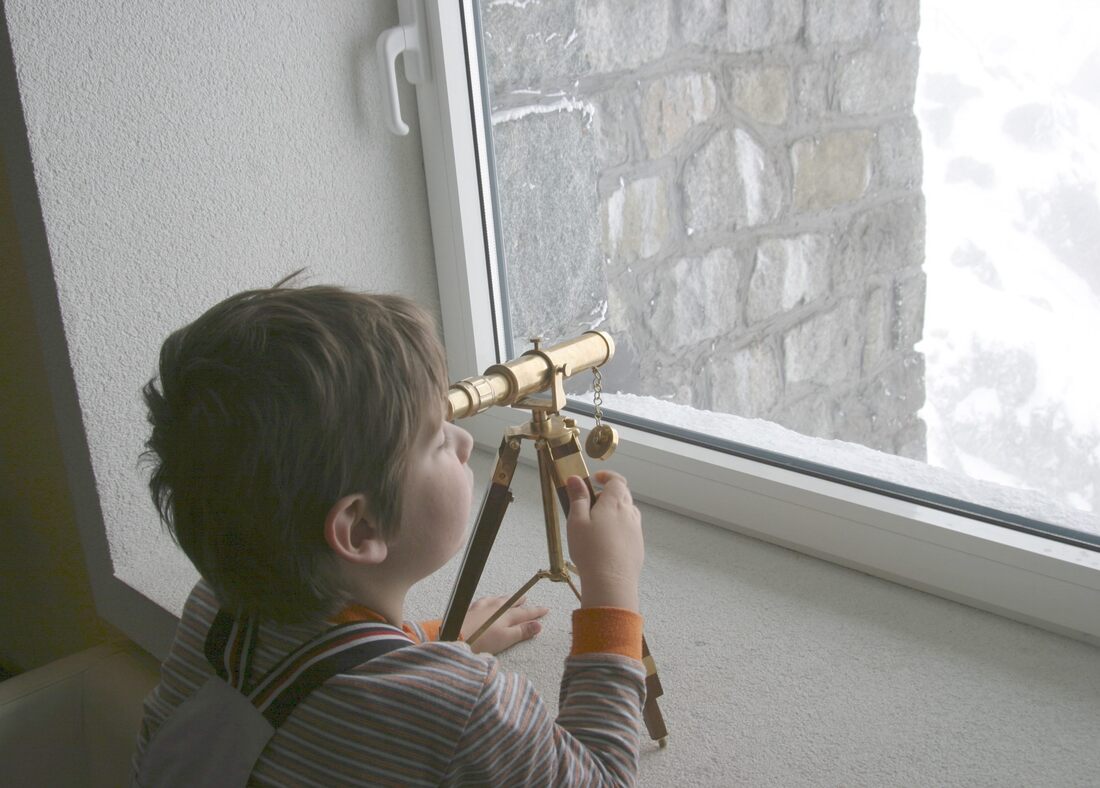
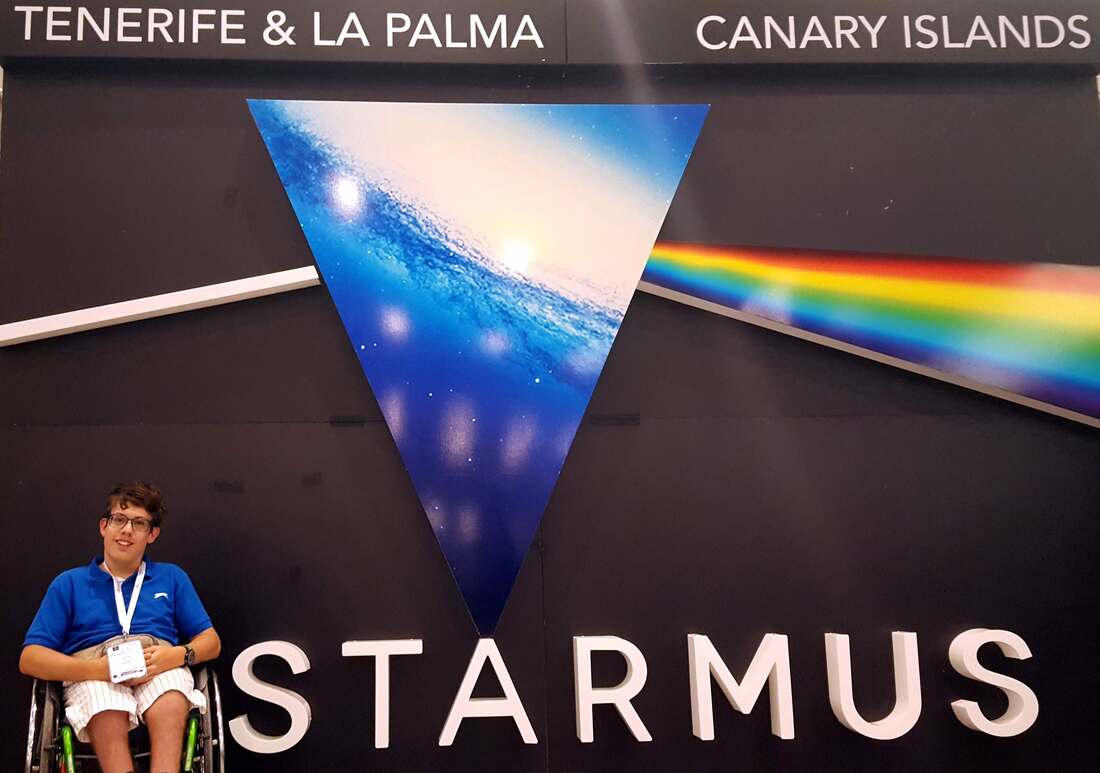
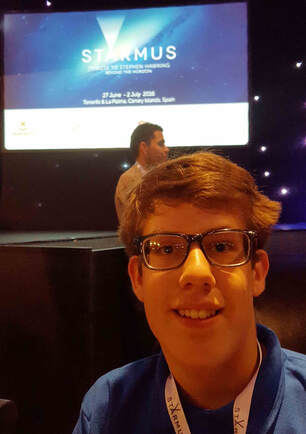
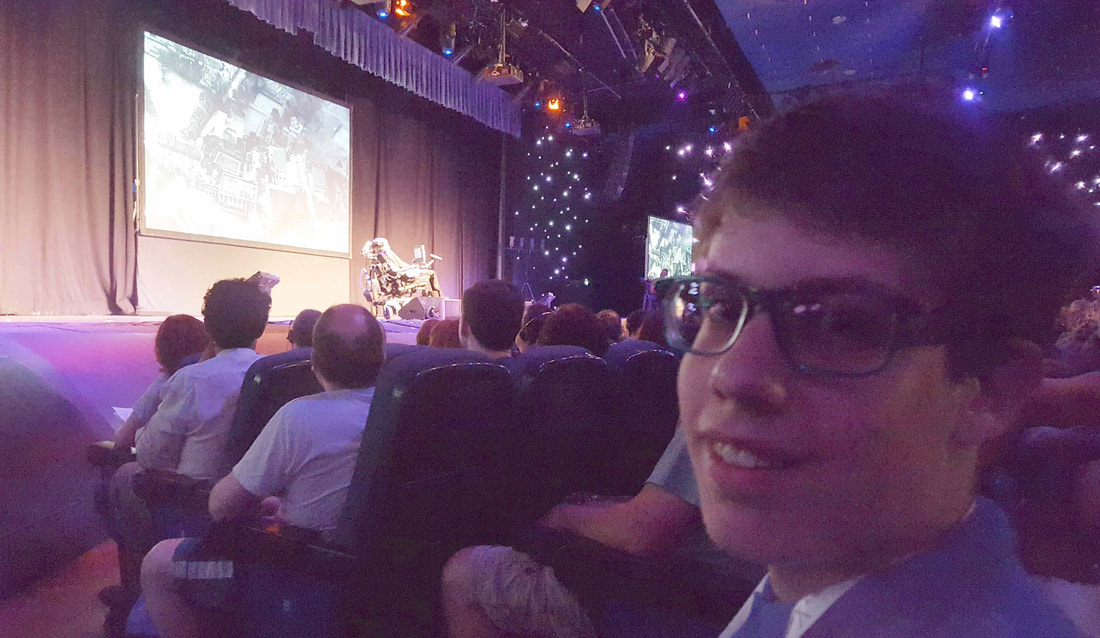
 RSS Feed
RSS Feed